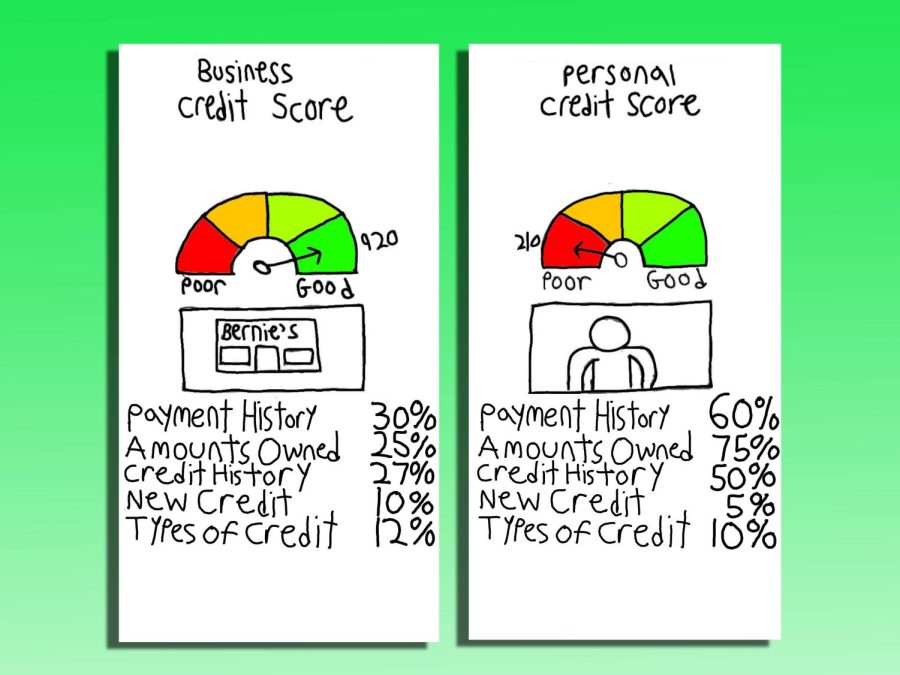Different credit products offer different benefits
September 17, 2022
Not all credit products are available to everyone at the start of their credit journey.
As discussed in the previous column, banks like to see an established credit history before they extend high credit limits and exclusive premium rewards cards, so as a beginner in the credit game, a student’s options are limited.
However, not all hope is lost. There are a plethora of products designed to help students new to building credit build and maintain strong credit.
1. Secured Credit Cards
Secured credit cards are designed for people with bad credit history or none. These cards require people to put a deposit on the card, which is usually equal to their credit limit.
For example, a $300 deposit on a secured card means one can spend up to $300 on the card. A student would have to pay $300, which then becomes their balance.
If people don’t pay, the bank will close the account and keep the initial deposit. Since this credit card has a deposit as collateral, many banks will allow people to open a secured credit card with any credit score, even none.
After enough on-time payments, banks will refund deposits and allow a person to obtain an unsecured credit card, which does not require a deposit.
2. Student Credit Cards
Student credit cards are designed for students early in their credit journey. Typically, card issuers set low credit limits for these products, with opportunities to increase limits as time goes by.
These cards offer special perks, such as “good grades bonuses,” which come in the form of free points for maintaining a certain grade-point average, usually above a 3.0.
These are better than secured cards because they do not require a deposit and give people points that can be redeemed for cashback and other awards. However, they may be harder to qualify for without credit history.
3. Credit Builder Loans
Credit builder loans differ from traditional loans, in the sense that one does not receive the funds as a direct deposit into their account. Instead, these loans are held for people by the issuer and require monthly payments toward principal and interest.
The “price” for this loan is the interest a person pays on it. At the end of the loan term, since it holds the loan, the bank disburses the funds back to the person, minus the interest.
A credit builder loan is great for increasing one’s overall credit mix — by adding an installment loan — and is not a bad way to start building credit, especially if the loan has a low-interest rate.
4. Authorized User
If a student’s parents or relatives have credit cards, they can add the student as an authorized user. This allows the student to have some privileges.
When a student uses their card and charges it under their parents’ account, the issuing bank will update their credit report under their parent’s account as an authorized user. Using their parents’ account — and thus, their credit history — may help bolster the student’s own credit report.
However, this is a double-edged sword. If that authorized user does not pay their credit card bill, their negative habits will result in a bad credit report.
When giving someone permission to be an authorized user, make sure it is under the account of someone who is responsible with their credit.
Once a student begins their credit journey with one of these cards, they can start looking at some better options, which will be covered in the next issue.







